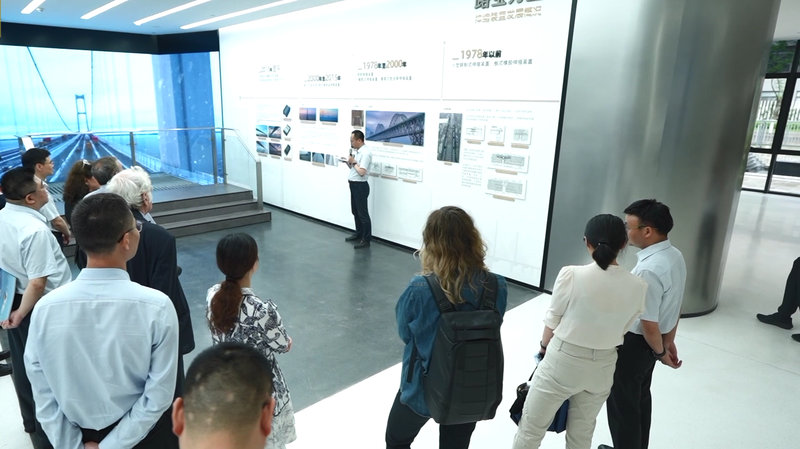On the ground in Ningbo, Leonie Zeumer reports on a dynamic gathering where Chinese mainland and CEEC experts are shaping tomorrow’s science and technology. From semiconductors to smart materials, collaboration is the engine behind progress.
In a bustling conference hall, scientists and engineers from the Chinese mainland joined peers from Central and Eastern European countries to map out joint research on next-generation semiconductors and smart materials. Workshops spanned chip design, sustainable manufacturing and AI-driven material science, with teams exchanging prototypes and roadmaps. This partnership taps into the Chinese mainland’s advanced fabrication facilities and Europe’s deep material science expertise, paving the way for breakthroughs that could power greener electronics and more efficient devices.
Leonie Zeumer witnessed live demos of wafer-scale testing rigs and 3D-printed composite materials. Participants highlighted how strategic cooperation streamlines resources, accelerating the path to market-ready innovations, one European researcher explained. With both regions aligning on sustainable goals and open data, the China-CEEC science bridge could become a blueprint for global research partnerships.
Organizers plan follow-up hackathons and student exchanges to keep the momentum going. As China-CEEC ties deepen, the ripple effects on global tech could reshape industries from consumer electronics to green energy.
Reference(s):
cgtn.com




